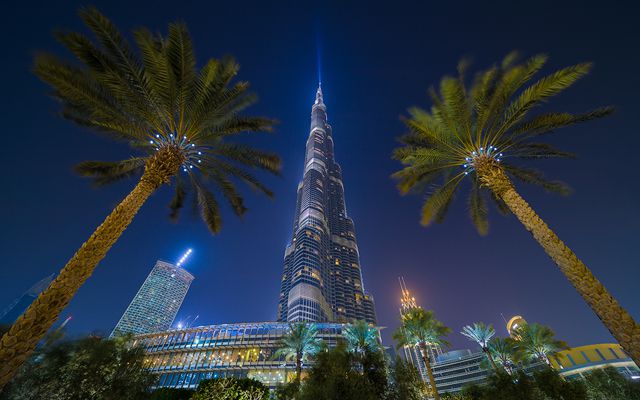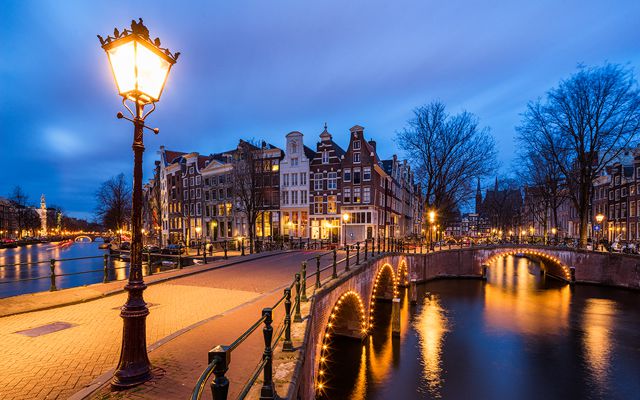Eiffel tower glowing in the night
I used this photo as the example in my explanation of shift function in the tilt-shift lens few days ago, but that was just the unedited version. Here you can see the final edit. As I said, being able to get a photo like this while standing so close to such a tall structure is one of the many things that make having a tilt-shift lens so great. If you can, give one a try :)
This is of course taken from the middle of the crossing opposite the Eiffel tower. Normally I would not suggest standing there too much, due to the traffic. But when I was there, the road was closed due to reconstructions, so the cars would not use that road.
This is a vertorama from two exposures, combined in Lightroom, edited in Photoshop.



















